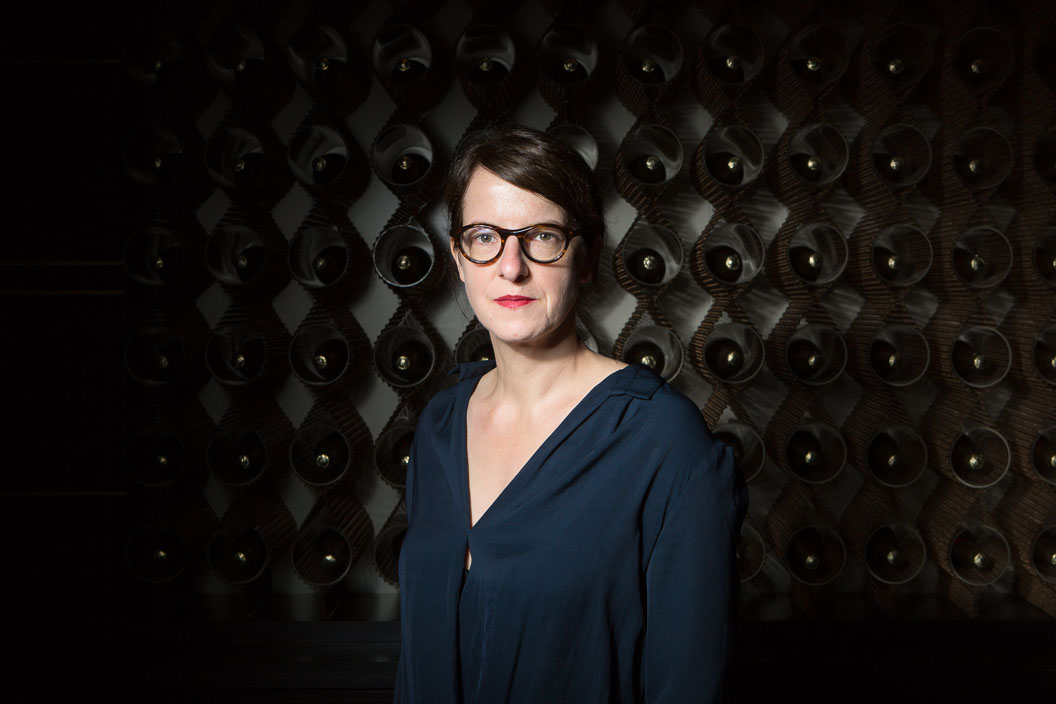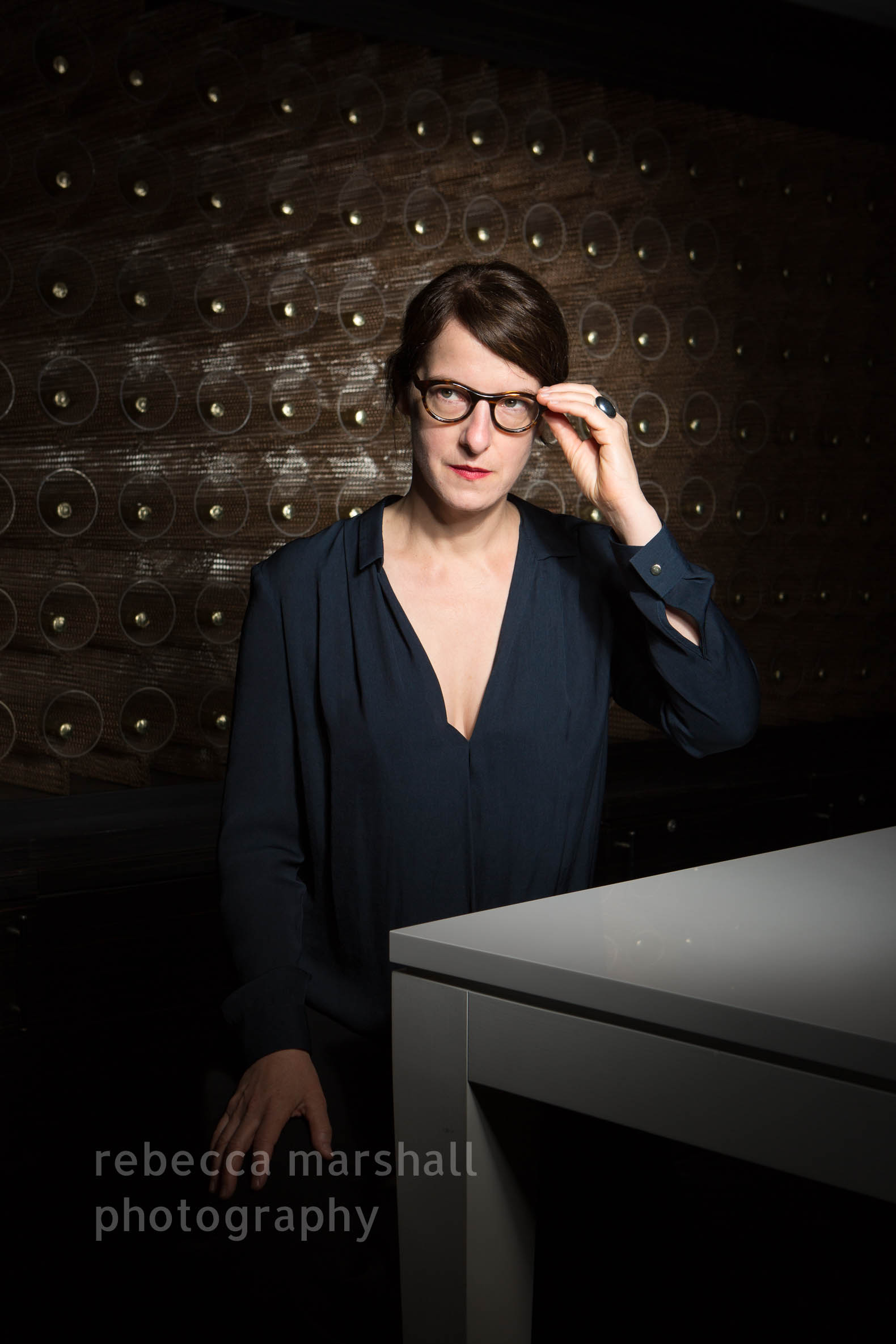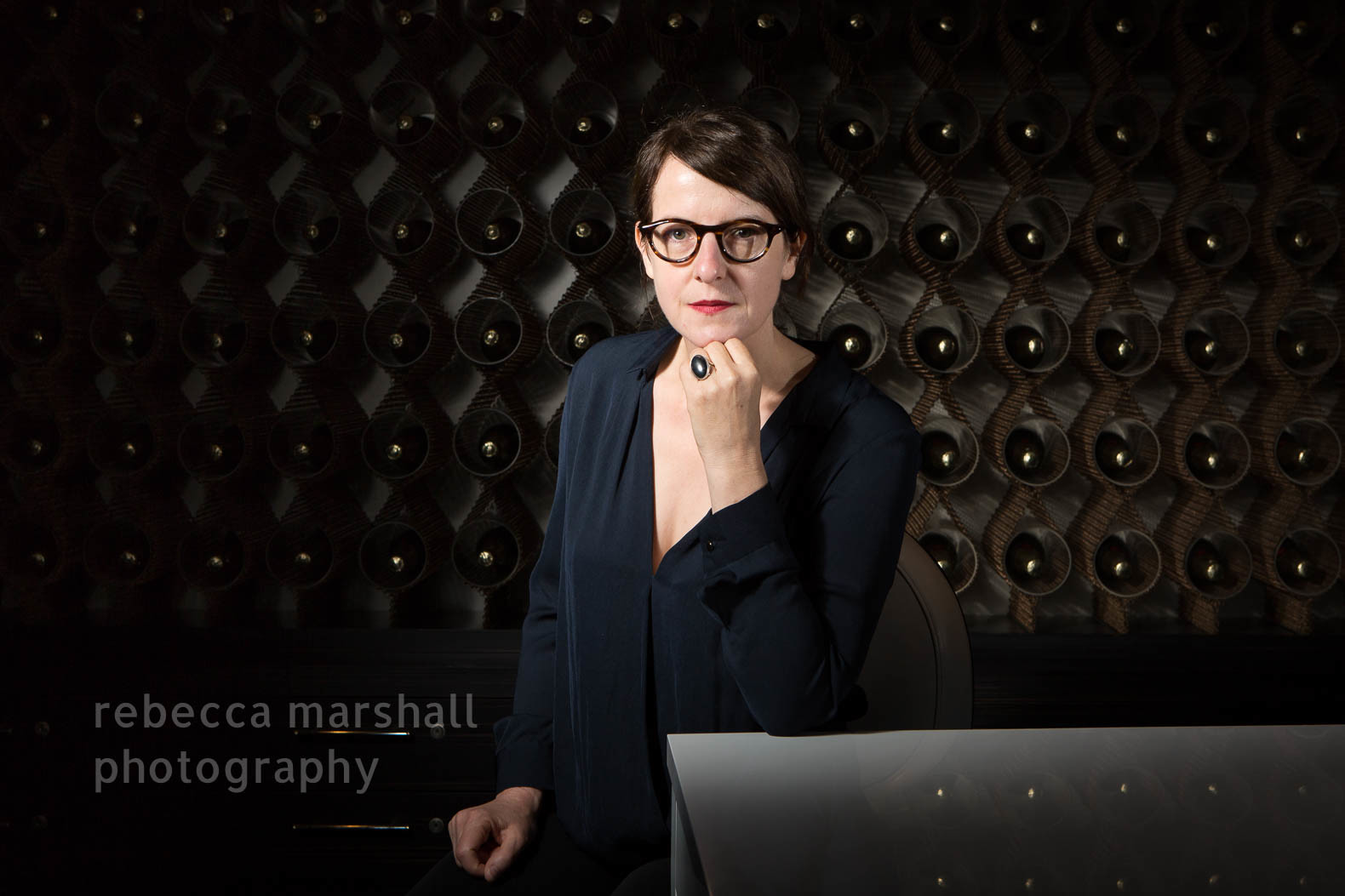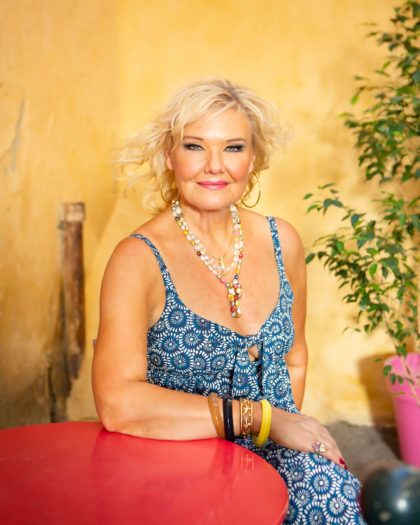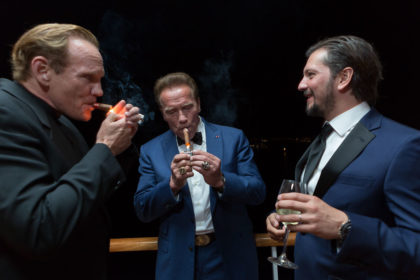Undeniably linked to the people and events that sparked the movement in the first place, the Cannes Film Festival found itself, earlier this year, under the spotlight of the globe-sweeping #metoo phenomenon. Cate Blanchett organised a women-only red carpet march to protest gender inequality among the film-makers historically honoured at Cannes (only 82 of the 1,727 films ever selected for the ultimate Palme d’Or prize have been directed by women). For perhaps the first time, the press was hunting for female-focused headlines that went a little deeper than comments on the height of stilettos seen on the red carpet. As a female photographer, it was a privilege to be assigned to take a portrait of Swiss female director Ursula Meier. Meier’s films include the award-winning ‘Sister‘ and documentary ‘Bridges of Sarajevo‘, and she was acting president of the Caméra d’Or jury [the ‘Golden Camera‘ is the prestigious prize for the best first feature film].
People-who-are and people-who-aren’t
The Cannes Film Festival has a certain craziness to it. The ‘people-who-are‘, with constantly changing meet-&-greet schedules, screenings and red-carpet events, are exceedingly hard to pin down. The ‘people who aren’t‘ (i.e. journalists and photographers) spend all their time desperately running around after the former. Working as photographer for Swiss magazine Schweizer Illustrierte, I was originally booked to shoot Meier on a sunny Saturday afternoon. The photo editor outlined her vision: a portrait with Cannes, French Riviera palm trees and blue sky in the background. I said that this would depend on Meier having the time and inclination to walk down the road from her hotel (a reasonable expectation anywhere but Cannes), but agreed I would try.
However, late that Friday night, I received a text from Ursula herself saying sorry, she couldn’t make it the next day. She had been invited to a last-minute event and the only possibility now for my portrait would be first thing on Monday morning. My heart sank: not only was rain forecast, but I know from bitter experience that photographers with early morning shoots during Cannes are at considerable risk of being stood-up last minute (when champagne-addled-heads decide that bed is preferable to a portrait). That evening, instead of preparing my photography kit, I indugled in some light research and watched one of Meier’s films. ‘Home‘ is about a rather peculiar family who live beside an empty motorway; quirky and dark.
Hours of preparation for minutes of shooting
Monday began exceptionally early. By the time the sun rose, I was already driving towards Cannes, with two sleepy assistants. Our first mission on arrival would be to find a café that was open for an essential wake-up expresso. It was, needless to say, raining.
An environmental portrait like this, taken during the Cannes Film Festival, involves a very unbalanced ratio of set-up time to shoot time. First, the right place – and portrait concept – needs to be found. It should be as close to the meeting point as possible, and there needs to be a good backdrop that works with the subject and the magazine’s editorial tone. The lighting on-site mustn’t interfere with the photographic lighting, or at least be modifiable (this may mean blacking out an existing ceiling light, for example) and power sockets must be present. On this occasion, the magazine hadn’t arranged authorisation for me to shoot in Meier’s hotel – or anywhere else indoors – but I couldn’t work out in the rain. So I would need photographer’s permission to set-up somewhere – which in France or Monaco is often hit-and-miss last minute (forms generally need filling and emailing in advance to an appropriate PR contact). Finally, bags of heavy lighting equipment have to be lugged from the car, set up, and tested, while all the equipment and cables must be secured in the context of the thronging festival crowds. Once the ‘talent’ arrived, the portrait itself, taking a range of variations and formats for magazine page layout options, would take 10-15 minutes. Tops. Assuming they turned up, of course.
Swiss punctuality
A nearby café boasted interesting, quirky wallpaper and tableware, and I had managed to persuade the owner that she wanted to sacrifice two tables and several power sockets for the morning in the interests of great portrait photography. But in the end, given the slightly masculine edge to Meier’s face, and my assumption that she would wear dark colours, I felt that the setting would be too cosy, and decided to set up in the lobby of her hotel instead. A wall display of rows upon rows of identical champagne bottles would make for an interesting, graphic background, and the dark, low-key mood I wanted to create with my lighting there would be well-suited to her face, style and work. So we all set to, moving hotel customers, aligning bottles, blocking out a spotlight, and fussing with the lights and reflection angles until the clock struck the hour.
Thanks perhaps to her Swiss roots, or to her working respect for a photographer’s team, Ursula was not even 5 minutes late. She emerged from the crowd, simply and quietly, without an entourage, assistant, stylist or PR agent. Ursula not only understood the camera and lighting perfectly, she also appreciated what I was creating and fully co-operated with my directions. We worked together well, and I knew I had what I wanted fast. After the last photograph, we shook hands with mutual warmth before Ursula, elegant but serious, feminine but firm, turned and discreetly blended back into the male-dominated festival crowd…
